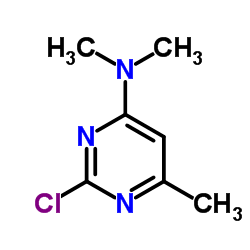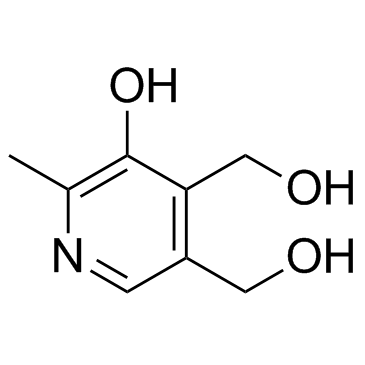| Structure | Name/CAS No. | Articles |
|---|---|---|
 |
Crimidine
CAS:535-89-7 |
|
 |
Pyridoxine
CAS:65-23-6 |